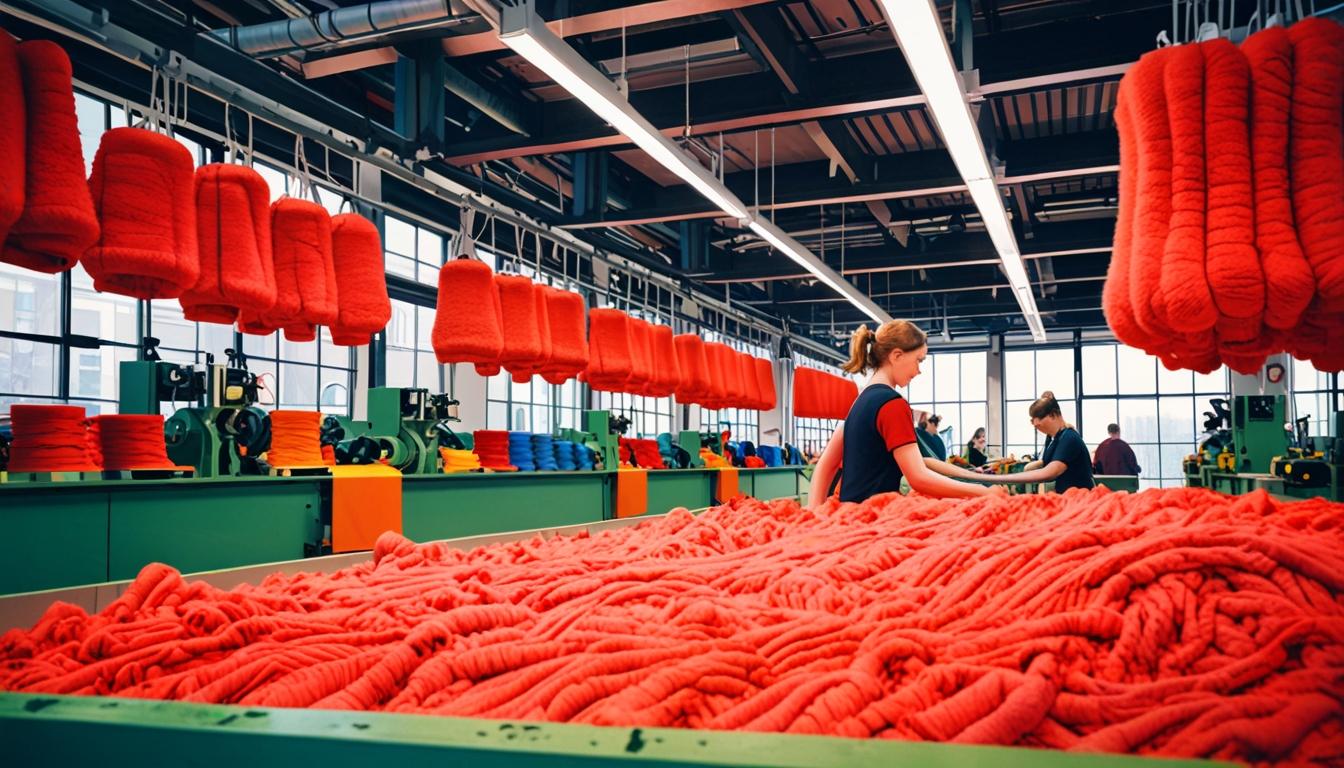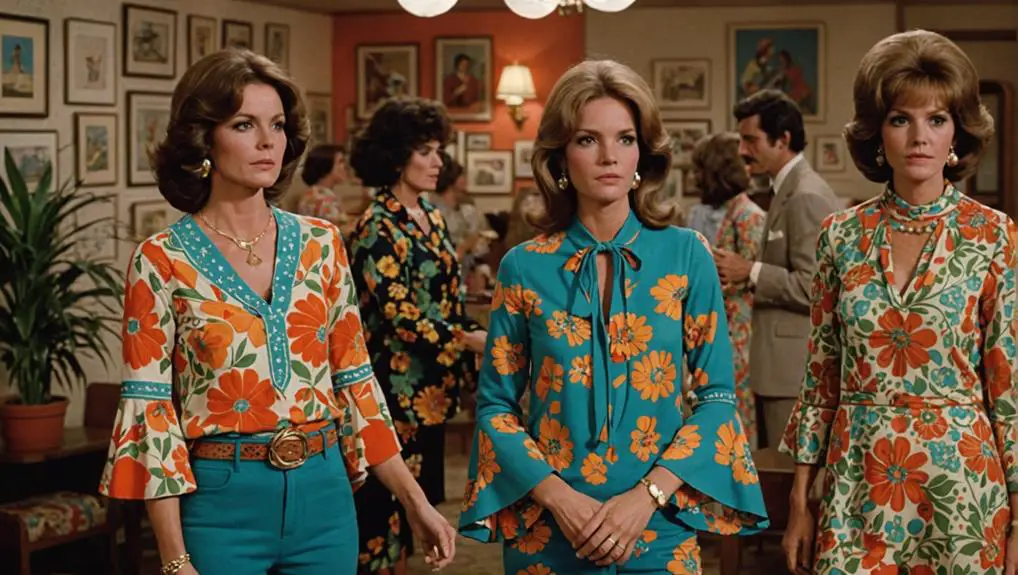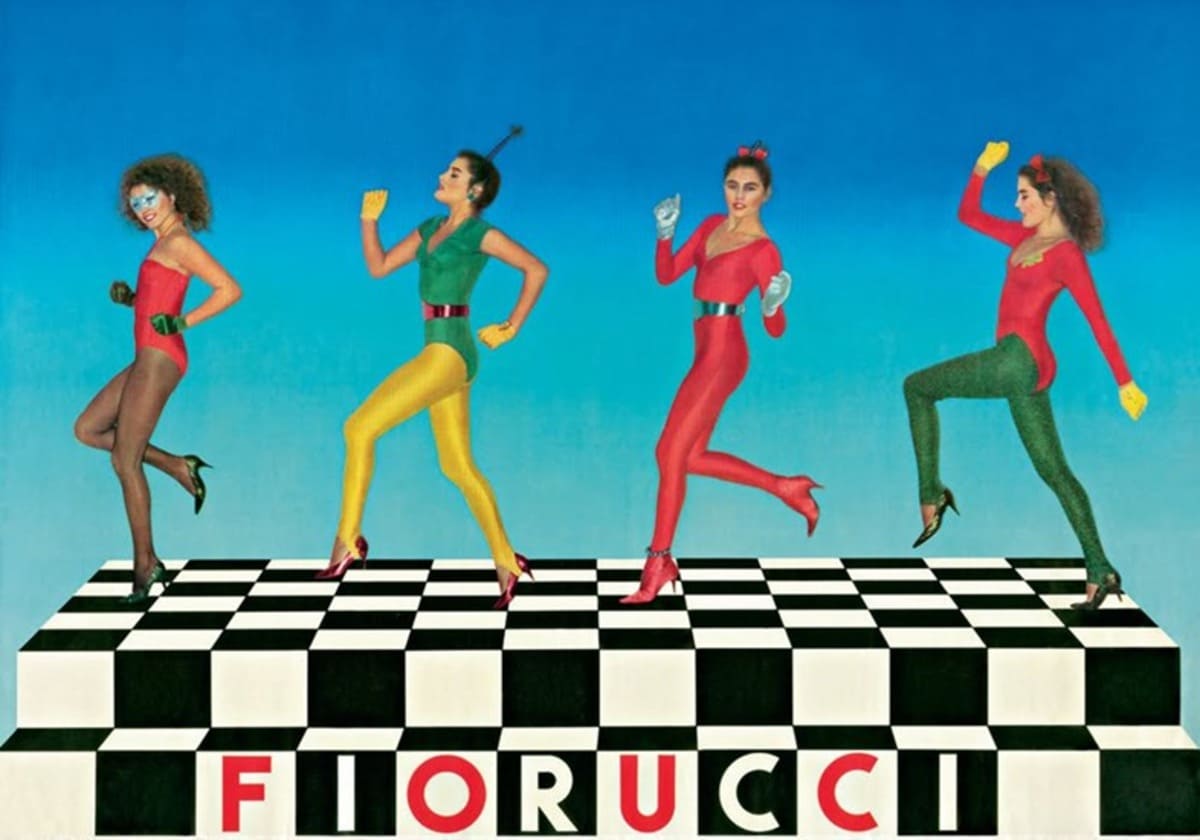Amsterdam: Brightfiber Textiles factory achieves significant strides in clothing recycling, processing 200 kg of cotton fluff into new fabric. With government support and innovative technology, it aims to transform the fashion industry amidst pressing sustainability challenges and regulatory demands for recycled materials in garments.
In the bustling district of Westpoort, Amsterdam, the Brightfiber Textiles factory is making strides in the recycling of discarded clothing. The facility recently processed a notable bale of 200 kilograms of bright red cotton, created from garments stripped down to their fluff by a state-of-the-art fibre machine designed specifically for this purpose. Ellen Mensink, the director of Brightfiber Textiles, characterised the process by stating, “It’s like shearing a sheep that has fallen into red paint.”
Brightfiber Textiles converts this cotton fluff into yarn and fabric, which clothing manufacturers can use to create new garments. Mensink elaborated on the operation’s efficiency, highlighting that the red fluff is directly sent to spinning mills to be transformed into fashion.
The environmental impact of this innovative recycling venture is significant. By reusing cotton, Brightfiber contributes to reducing the necessity to produce new cotton, thereby conserving vast quantities of water, dyes, and chemicals, and lessening the strain on agricultural land. The recycling process also addresses soil depletion and aids in the reduction of greenhouse gas emissions, an essential aspect given that the clothing industry is known to be one of the most polluting sectors globally.
The factory, supported by a grant exceeding 1 million euros from the national government, has opened after several years of planning due to challenges in finding adequate spatial resources in Amsterdam’s crowded industrial landscape. Brightfiber Textiles now has the capacity to process up to 2.5 million kilograms of textiles each year and has earmarked additional space for a second production line that could collect all textile waste from Amsterdam and its vicinity.
Mensink described the factory as a “world premiere,” facilitated by a total investment surpassing 5 million euros. The facility stands out due to its integration with two specialised machines acquired from Wieland, a company in Wormerveer. This collaboration enhances the processing capabilities, allowing for the sorting and recycling of approximately seven million kilograms of discarded clothing each year. The clothing comes from various sources, including containers from the Salvation Army.
To improve the recycling process, Wieland developed a fine sorter and a cleaner, which work together to automate the sorting of clothing by colour and material and to remove extraneous items like buttons and zippers. Mensink emphasised the importance of synchronising these technologies to ensure that the finest possible fibres can be prepared for reuse, reinforcing the direct correlation between the efficient functioning of these machines and successful recycling outcomes.
The efforts at Brightfiber Textiles align with the newly enforced sustainability regulations that dictate the fashion industry must incorporate at least 7.5 percent recycled materials in new clothing by 2025, with a target of 16.5 percent by 2030. However, according to Mensink, many fashion brands have been slow to respond. Currently, only 0.3 percent of clothing available in stores is made from reused materials, largely limited to manufacturing cut-offs and recycled PET bottles, with little engagement from the clothing sector.
At Brightfiber, it is reported that the company can supply collections that incorporate 40 to 70 percent recycled yarn to well-known fashion brands. Despite the challenges, Mensink believes it is feasible to repurpose reclaimed cotton from old clothing. The factory’s showroom reflects this creativity, showcasing items that, at a glance, appear aesthetically pleasing rather than recycled.
Brightfiber continues to develop clothing lines and refine its recycling techniques, with Mensink drawing on her nine years of previous experience with the brand Loop.a life, which specialised in fashion derived from recycled materials. However, while efforts are ongoing to produce attractive recycled garments, sustainable fashion faces financial hurdles. Mensink noted the plight of Loop.a life, which recently declared bankruptcy due in part to insufficient profitability against a backdrop of unexpected challenges, raising concerns about the sustainability of such businesses.
Criticism has been directed toward mainstream fashion retailers for promoting a culture of fast fashion that encourages constant purchasing of low-quality items. Mensink asserts that consumer habits contribute to overconsumption, precluding the viability of recycled fashion, and stresses the need to confront the larger problems within the fashion industry, including its heavy reliance on natural resources and minimal accountability for ecological costs. As she pointed out, “Nature doesn’t send a bill. We do.”
Source: Noah Wire Services




